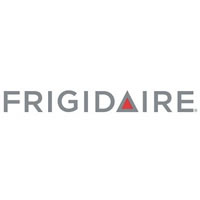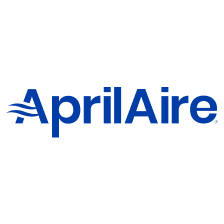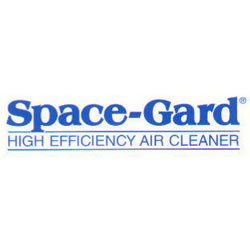Installation Guide
Proper fan selection and installation will optimize ventilation performance. Here are a few tips to help optimize ventilation. For existing construction, depending on the building's structure and the ability to access or add ducts, you may not be able to follow all these tips. In new construction where walls and ceilings are open, with proper planning, applying these tips can be relatively easy.
Install the fan with the exhaust port pointed in the direction of the termination (exterior hood). This helps to avoid unnecessary duct bends. Be sure to use the duct diameter size specified for the selected fan. Reducing the duct diameter (at any point in the duct run) may create substantial static pressure and reduce the fan's performance by as much as 90%.
Select a duct with a smooth surface to allow optimum airflow. For best results, use galvanized duct pipe or PVC.
Sagging or weaving a fan duct will increase static pressure and reduce a fan's performance. Then using flexible aluminum duct, support the entire length of the duct with braces or hangers to keep it as straight as possible for the entire run.
Avoid elbows and bends in the duct as much as possible. However, many installations require at least one elbow. Allow a 2 - 3 foot straight run out of the fan before the first elbow. This allows airflow momentum to build. Also, when you must have an elbow, use a long radius angle to help ensure optimum air flow and minimize airflow noise.
Basically, the shortest length with the smoothes inner surface and least number of elbows will optimize your ventilation fan's performance.

































